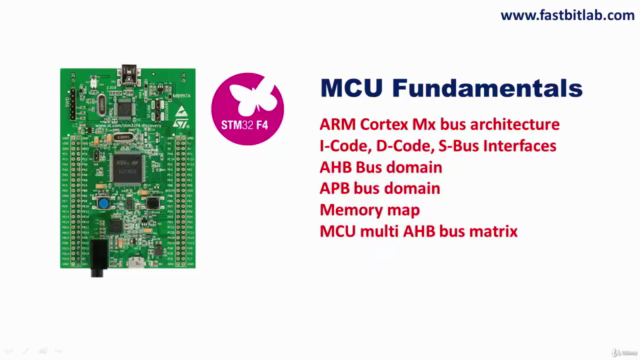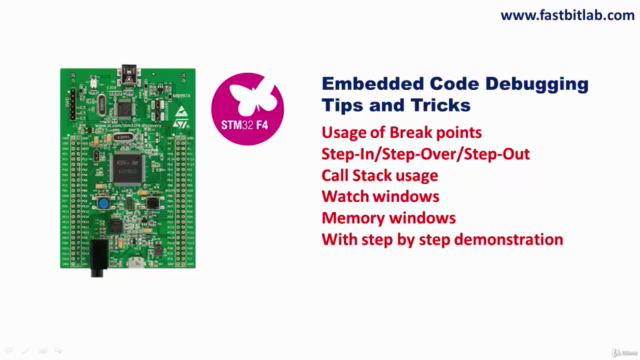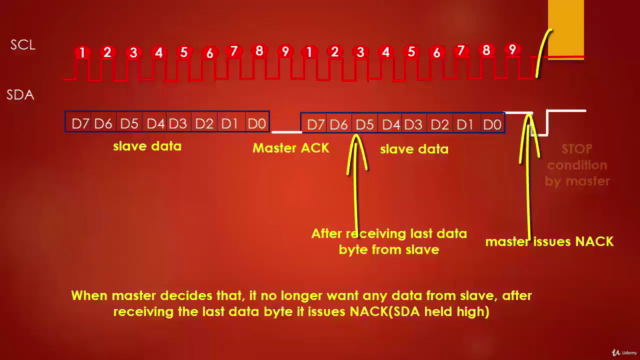Mastering Microcontroller and Embedded Driver Development
(MCU1) Learn bare metal driver development using Embedded C: Writing drivers for STM32 GPIO,I2C,SPI,USART from scratch
4.58 (11589 reviews)

70,506
students
28.5 hours
content
Apr 2025
last update
$94.99
regular price
What you will learn
Understand Right ways of Handling and programming MCU Peripherals
Develop Peripheral drivers for your Microcontroller
Understand complete Driver Development steps right from scratch for GPIO,SPI,I2C and USART.
Learn Writing peripheral driver headers, prototyping APIs and implementation
Explore MCU data sheets, Reference manuals, start-up Codes to get things done
Learn Right ways of handling/configuring Interrupts for various peripherals
Learn about Peripheral IRQs/Vector table/NVIC interfaces and many
Learn about Configuration/status/Control registers of various Peripherals
Demystifying behind the scene working details of SPI,I2C,GPIOs,USART etc.
Explore hidden secretes of MCU bus interfaces, clock sources, MCU clock configurations, etc.
Understand right ways of enabling/configuring peripheral clocks/serial clocks/baud rates of various serial protocols
Learn about MCUs AHB, APB bus protocols
Learn about different MCU clocks like HCLK, PCLK, PLL,etc
Learn to capture/decode/analyze traces of serial protocols on Logic analyzer
Learn about Quick ways of debugging peripheral issues with case studies
Screenshots




Related Topics
643206
udemy ID
10/17/2015
course created date
6/16/2019
course indexed date
Bot
course submited by